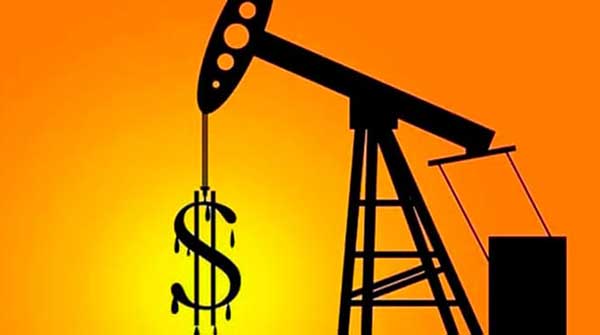 The ongoing decline in commodity prices has hit Canada’s economy hard, depressing incomes, and triggering layoffs and capital spending cuts.
The ongoing decline in commodity prices has hit Canada’s economy hard, depressing incomes, and triggering layoffs and capital spending cuts.
The U.S.-dollar prices of most internationally traded commodity products have slipped, hammering hundreds of resource companies (and their suppliers), and hurting business and consumer confidence across swaths of the country.
And it’s important to realize that the commodity carnage isn’t restricted to oil. It’s also affecting natural gas, coal, base metals, potash, various industrial raw materials, and some segments of the agri-food sector. Lumber prices have also beaten a hasty retreat in recent months.
The World Bank’s January 2016 commodity market update provides a comprehensive summary of the gruesome statistics.
- In 2015, worldwide energy prices plummeted 45 percent from the previous year’s levels, while non-energy commodity prices were down by 15 percent (both measured in U.S. dollars).
- Relative to their peaks in early 2012, the main industrial commodity price indexes tracked by the World Bank have plunged by two-thirds in the case of energy goods, and by more than one-half in the case of metals.
- Agricultural commodity prices have dropped by one-third from their most recent peaks.
There are few reasons to expect a sharp turnaround in commodity markets. For most natural resource products, prices are expected to bottom out in 2016 before staging a marginal recovery in 2017.
The table below compares the average U.S.-dollar prices for a number of commodities in 2013 and 2015, along with the World Bank’s forecasts for the next two years. By 2017, most commodity prices are expected to still be significantly lower than they were in 2012-13, when the decade-long global commodity boom had not yet come crashing down.
U.S. Dollar Prices for Selected Commodity Products (annual average)
| 2013 | 2015 | 2016 | 2017 | |
| Oil (bbl) | $104 | $51 | $37 | $48 |
| Natural gas (mmbtu) | $3.73 | $2.61 | $2.50 | $3.00 |
| Iron ore (mt) | $135.40 | $55.80 | $42 | $44.10 |
| Aluminum (mt) | $1,847 | $1,665 | $1,550 | $1,612 |
| Copper (mt) | $7,332 | $5,510 | $5,000 | $5,190 |
| Nickel (mt) | $15,032 | $11,863 | $10,000 | $10,801 |
| Wheat (mt) | $312 | $203 | $185 | $193 |
| Phosphate (mt) | $148 | $117 | $120 | $119 |
bbl –barrel; mmbtu – one million British thermal units; mt – metric tonne.
Source: World Bank, Commodity Market Outlook, January 2016
Faltering economic growth in emerging markets is a key factor dampening commodity prices. In the case of certain commodities, such as oil, natural gas and some base metals, an expansion in global supply is also playing a substantial role in keeping a lid on prices. Economic growth projections for the vast majority of emerging markets have been revised down for the next two years, on the heels of the deceleration seen in 2014-15. The World Bank points to a risk that “. . . a faster-than-expected slowdown in major emerging market economies – especially if combined with financial stress – could further reduce commodity prices, setting back growth in commodity exporters and [for] the global economy.”
For Canada, all of this amounts to a notably inauspicious start to 2016. After all, natural resource-based products account for half of this country’s merchandise exports, one of the highest shares among all developed economies. And until recently, more than two-fifths of business investment in Canada was driven by the energy, pipeline, mining, agriculture and forest products industries. As these sectors struggle or contract, the Canadian economy will continue to feel the pain. It’s that simple.
The Bank of Canada recently estimated that the dramatic decline in oil prices is costing our economy $50 billion in lost income annually, equivalent to $1,500 for every Canadian. And that’s just oil. Add in the effects of the broader commodity slump and the income losses to Canadians are many billions of dollars greater still.
While consumers and some Canadian industries are benefiting from lower prices for energy and other resource products, the overall economy is suffering. And if the World Bank is right, the suffering isn’t about to end any time soon. For this year and probably into 2017, Canada’s economy will be challenged to eke out even a smidgeon of growth, amid an epic worldwide commodity downturn that has extended to many of our most important export products.
Jock Finlayson is Executive Vice President of the Business Council of British Columbia.
Jock is a Troy Media contributor. Why aren’t you?
The views, opinions and positions expressed by columnists and contributors are the author’s alone. They do not inherently or expressly reflect the views, opinions and/or positions of our publication.


